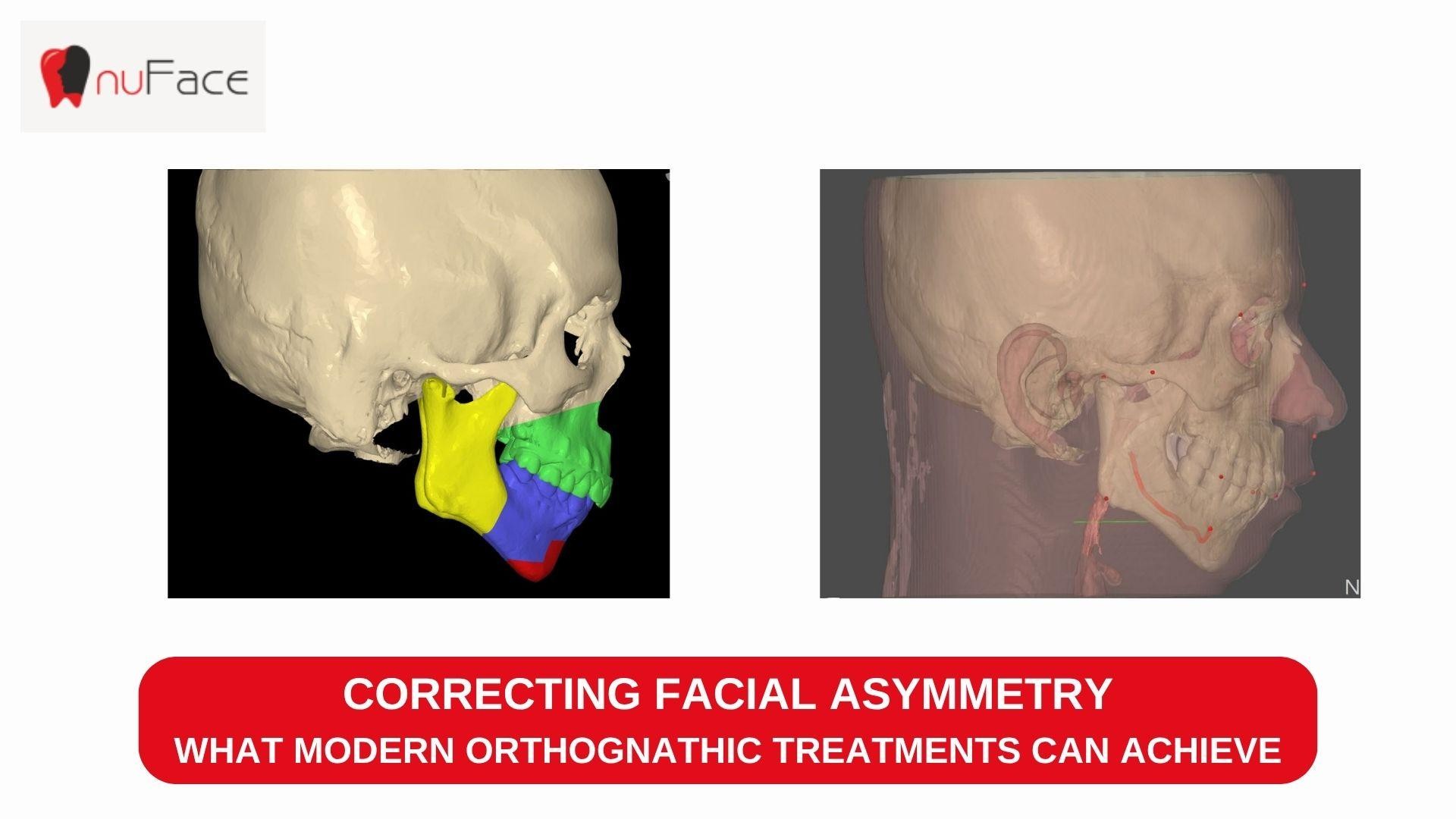Look in the mirror long enough and you’ll notice something interesting, ie, no face is perfectly symmetrical. One eye’s a touch higher, one eyebrow arches differently, maybe your smile curves a bit to the left. It’s normal. In fact, as Dr Nehal Patel, one of the renowned TMJ specialists in India, puts it, “its subtle unevenness is what makes faces look real, not plastic.”
But then there’s asymmetry that isn’t so subtle. A jaw shifted to one side, a bite that never feels quite right, or a chin that seems off-balance. That’s when the conversation goes beyond “quirky charm” and moves into the world of orthognathic surgery, the medical term for corrective jaw surgery.
Why Asymmetry Happens in the First Place
Facial asymmetry can come from genetics, growth patterns, trauma, or habits we don’t even think about. Chewing on one side constantly. Breathing through the mouth. Thumb sucking as a kid. Over time, small habits can sculpt the jaw in ways we never imagined. Sometimes it’s linked to conditions like TMJ disorders or sleep apnea.
And here’s the thing: it’s not just about looks. Misaligned jaws can mess with chewing, speech, and even breathing. TMJ arthroscopy specialists in India say that people with significant asymmetry often talk about tension headaches or jaw pain — something you wouldn’t automatically connect to the way your face is shaped.
What Modern Treatments Bring to the Table
Orthognathic treatments used to sound intimidating. Major surgery, long recovery and wires everywhere. The kind of thing you’d only consider if your case was extreme.
Today, the field looks very different with 3D imaging, computer-guided planning, and minimally invasive techniques that have changed the game, says Dr Nehal Patel, one of the finest jaw surgery specialists in India. Experts can now map out exactly how bones need to shift, down to millimeters. Patients get to see a simulated “after” before anything even happens. That alone reduces a lot of anxiety.
And orthodontics (braces or clear aligners) usually team up with surgery. It’s not just about cutting and moving bones but it’s about aligning teeth so the whole structure works together. Think of it as rebuilding a house: you don’t just move the walls, you check the foundation, the roofline, everything.
The Subtle vs. the Dramatic
Not every case calls for full-blown surgery. Sometimes fillers, Botox, or minor orthodontic tweaks can create enough balance to make a big difference. A slightly uneven jawline might be softened with injectable treatments, while small dental adjustments can improve how the bite sits.
But for people with significant asymmetry, like a jaw that’s grown more on one side than the other, orthognathic surgery is often the only real solution. And while it’s still a commitment (surgery, recovery time, follow-ups), the results can be life-changing.
One of the patients described it like this: “It wasn’t about looking perfect. It was about finally feeling like my face matched how I felt inside.” That captures the emotional weight better than any clinical description.
Recovery: Which is Not Just Physical
Here’s where honesty matters. The recovery isn’t a walk in the park. Swelling, restricted diets, adjusting to a new bite, all of this is a journey. Most people aren’t thrilled about weeks of soft foods or explaining to coworkers why their face looks puffy. But the payoff is long-term. And once the swelling fades, people often say it’s the first time they’ve smiled in photos without self-consciousness.
There’s also a psychological shift. Correcting asymmetry can boost confidence in ways that ripple into daily life. Better posture, easier social interactions, even career opportunities (fair or not, appearance does influence how others perceive us). It’s not vanity, rather it’s functionality meeting identity.
A Realistic Take
It’s tempting to look at before-and-after photos online and think of orthognathic surgery as a magic fix. But Dr Nehal Patel, our jaw surgery specialists in India, at Nuface Maxillofacial & Dental hospital, Surat, warn that it’s not for everyone. If the asymmetry is mild and doesn’t affect function, it may not be worth the risks and costs. Sometimes embracing those small quirks is healthier than chasing a “perfect” face that doesn’t exist.
But for people with pain, difficulty chewing, or major imbalance, modern treatments can achieve things that were once thought impossible. Precision planning. Predictable results. Safer procedures. The medical side of it has caught up with the aesthetic side, and that’s where the real progress lies.
Bottom Line
Facial asymmetry is part of being human. But when it crosses into discomfort — physical or emotional — orthognathic treatments can realign not just the jaw, but quality of life. Modern techniques have made the journey less intimidating and far more effective.
So if you’ve been staring in the mirror wondering if that crooked smile is just “you” or something fixable, the answer is: maybe both. A consultation with our experts in jaw correction surgery in India at Nuface Maxillofacial & Dental Hospital, Surat won’t hurt, but it might just change more than your reflection.






